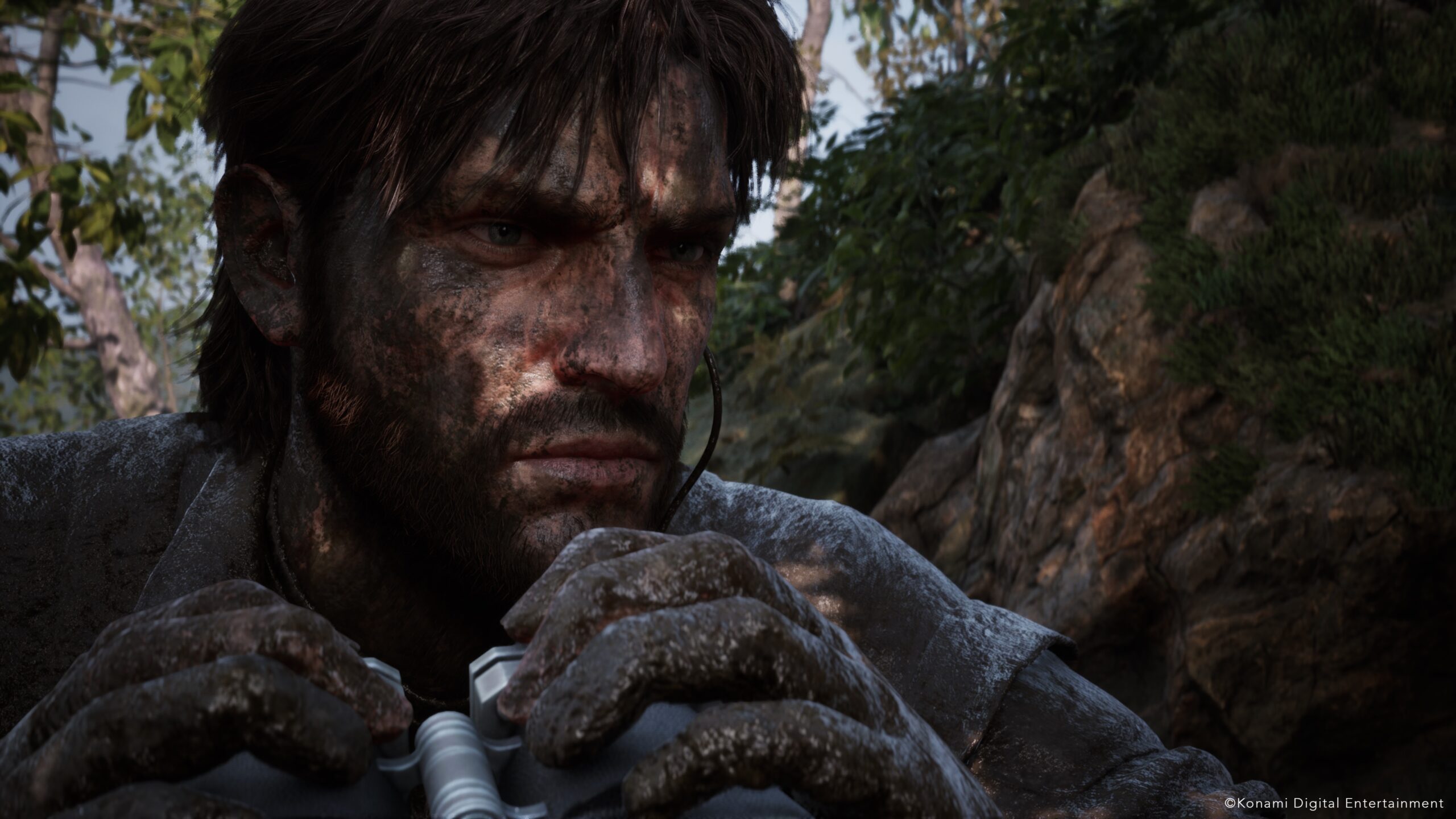Metal Gear Solid Delta: Snake Eater – A Nostalgic Return with Modern Enhancements
When Konami announced the remake of the iconic game Metal Gear Solid 3: Snake Eater, titled Metal Gear Solid Delta: Snake Eater, for the PlayStation 5, it sent ripples of excitement throughout the gaming community. The original game, which was a hallmark of the stealth genre on the PlayStation 2, is now being reimagined with a host of updates and enhancements, making it a highly anticipated release. This article delves into the details of what players can expect from this remake, based on insights from a short demo and a conversation with the game’s producer, Noriaki Okamura.
The Right Team for the Job
Remaking a beloved classic like Metal Gear Solid 3: Snake Eater is no small feat. To tackle this challenge, Konami has partnered with Virtuos Studios to combine their development expertise. This collaboration brings together a blend of new talent and veterans familiar with the original game, ensuring that the remake stays true to its roots while incorporating fresh perspectives.
"We had to dig through some old development documents," says Okamura, "but thanks to the expertise of veterans who worked on Snake Eater, we didn’t have to spend too much time on preparation. We also recognize that there’s a whole generation of gamers who have never played a Metal Gear Solid game before."
Revamped Controls with Traditional Options
One of the key aspects of Metal Gear Solid Delta is its control scheme. The developers have focused on making the game accessible to both newcomers and long-time fans of the series. Traditionalists will find the controls familiar, but there are also modern options that align with current gaming standards. For instance, players can opt for a third-person camera with the right stick, allowing for simultaneous movement and firing from an over-the-shoulder viewpoint.
"Initially, our goal was to keep things as close to the original as possible," explains Okamura. "But over the last 20 years, the way people play games has evolved. We looked at modern action games to ensure Delta competes with them, so it doesn’t detract from the experience."
This approach has resulted in a control scheme that feels natural and smooth, enhancing the overall gameplay experience without straying too far from the original.
Accessibility Considerations
The developers have also prioritized accessibility, introducing quality-of-life improvements that make the game more enjoyable for a broader audience. The updated menu design and various accessibility options allow players to customize their experience. For example, players can adjust how they ready and use their weapons and equipment, eliminating the need to hold down a button when grabbing enemies. Additionally, visual elements like color correction and the center dot display can be tailored to individual preferences.
Utilizing Unreal Engine 5
The visual presentation of Metal Gear Solid Delta is one of its standout features. Powered by Unreal Engine 5, the game boasts stunning graphics that breathe new life into the classic title. "We didn’t want new players to feel like the game is old or retro," says Okamura.
The game’s environments are richly detailed, from the dense jungles of Tselinoyarsk to the intricate character models. The real-time cutscenes allow players to zoom in and see minute details, such as the pores on Snake’s skin, making for an immersive experience.
Visually Blending the Old with the New
Achieving the right balance between old and new visuals was no easy task. "Initially, we thought we could just update the basic external models," laughs Okamura. "But when we saw them move with the old character animations, they didn’t blend well. We had to tweak them to keep the player immersed while staying true to the original character movements."
Showing Off the Battle Damage System
The battle damage system in Metal Gear Solid Delta is another area where the game shines. Snake’s wounds are visible throughout the game, adding a layer of realism and urgency. During the demo, it was evident that Snake could get significantly bloodied during combat. While Okamura was cautious about revealing too much, he confirmed that injuries would impact Snake’s performance, emphasizing the importance of treating wounds to keep Snake in top condition.
Playing in the Camo Index Dirt
The Camouflage Index System, a staple of the original game, has been enhanced in the remake. Different uniforms, face paints, and disguises help Snake remain unseen, but the improved visuals add a new dimension to this mechanic. Rolling in dirt and mud now results in a convincingly dirty Snake, increasing his camouflage effectiveness.
To test this, I submerged Snake in the mud of the Dremuchij Swampland, covering him completely. His face and body became slick with mud, and his Camo Index maxed out, making him nearly invisible to nearby crocodiles.
Fighting Expectations Old and New
The development team is acutely aware of the high expectations surrounding the remake. "There’s pressure all the time, every day," admits Okamura. "We have many veteran staff members, but they’re aging out as well. This might be the last chance for some of them to work on these titles while they’re still with the company. It’s our duty to ensure these games remain playable for current and future generations."
Conclusion
Although the demo ended too quickly at the iconic Boss bridge scene, it was enough to convince me that Metal Gear Solid Delta: Snake Eater will do justice to its predecessor and meet the high expectations of its fans. The game promises to deliver a blend of nostalgia and modern enhancements, making it a must-play for both old fans and newcomers alike. The release date for Metal Gear Solid Delta: Snake Eater on the PlayStation 5 is yet to be announced, but it is undoubtedly one of the most anticipated titles of the year.
For more Information, Refer to this article.


































